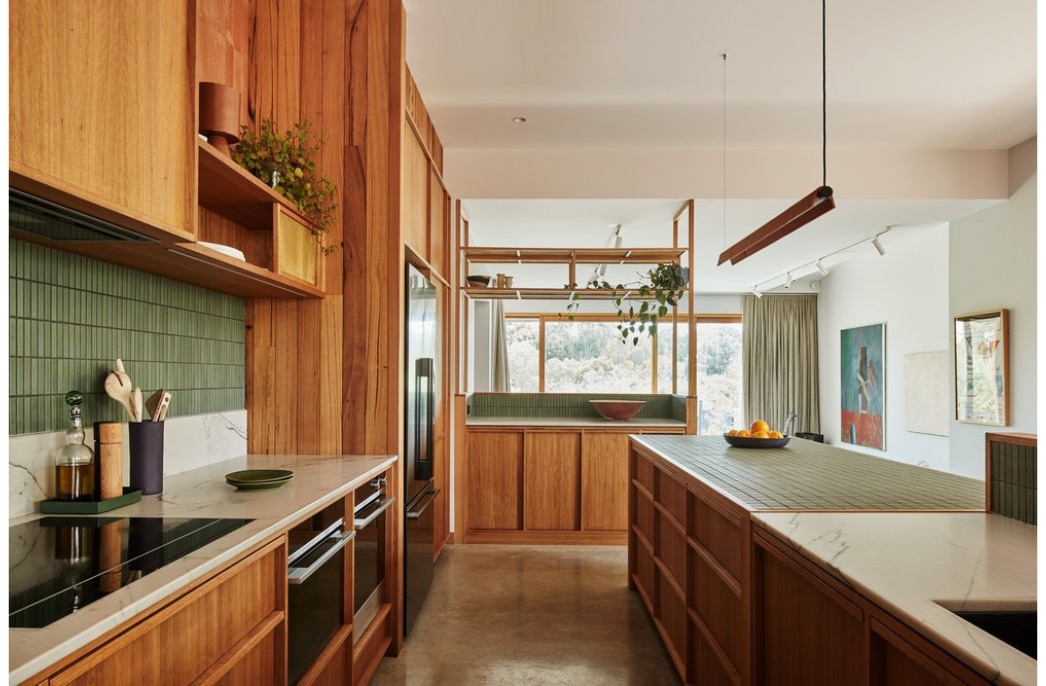
“I was not interested in adhering to the designer as an agent of consumption model” – Megan Norgate
“I was not interested in adhering to the designer as an agent of consumption model” – Megan Norgate
Share
Sustainable interior design is not a strategic business choice but rather an opportunity to find work in the world that responds to your “circle of concern,” says Melbourne interior designer Megan Norgate.
Speaking to ADR recently, the founding director of BRAVE NEW ECO says sustainability in interior design has “definitely become a more mainstream consideration” for consumers, providing her interior design practice with a “point of difference”.
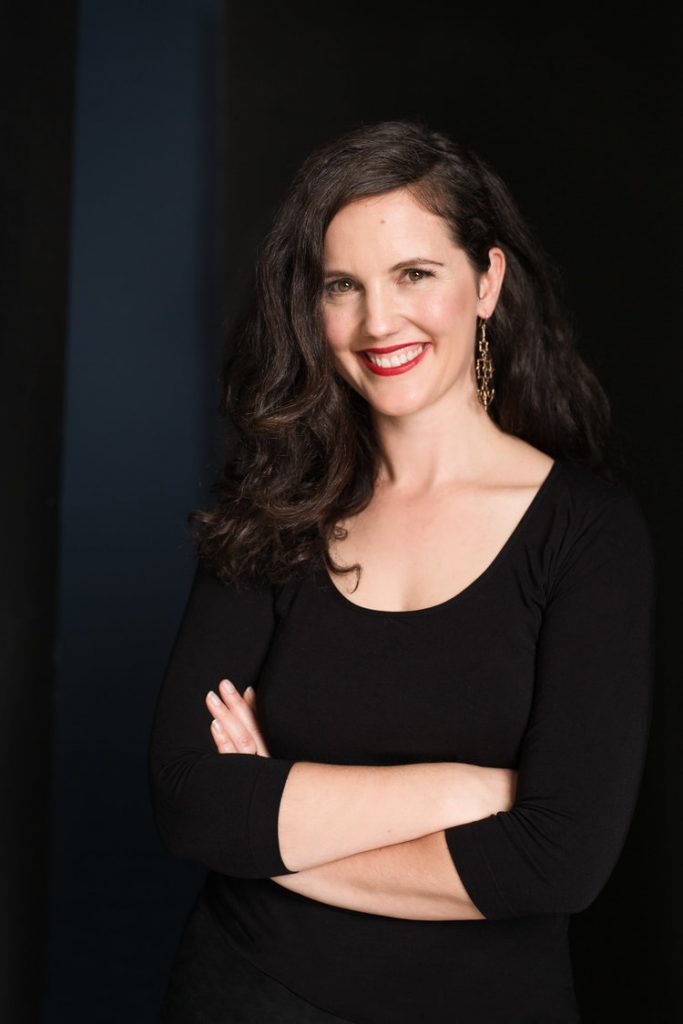
“We’ve seen social change over a period of time and we’ve arrived in this position where now there’s huge interest in what we do.
“Minimum change for maximum benefit” is Norgate’s mantra – experimenting and investigating holistic and ethical design processes in her projects.
“For me to work in design, I was not interested in adhering to the designer as an agent of consumption model. I wanted to see how it could be done differently,” she says.
“I’ve always been the kind of person who just goes out on a limb and does their own thing.”
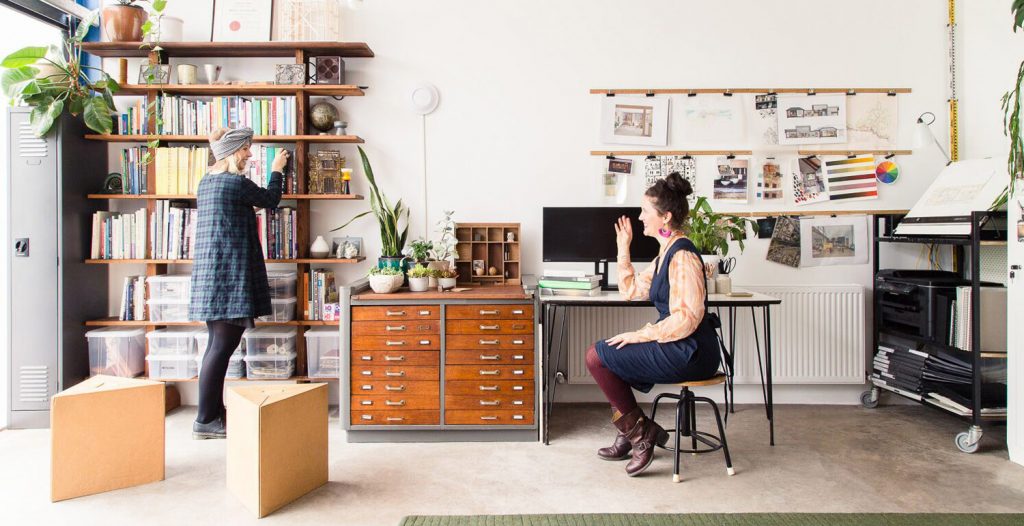
For 16 years, Norgate has committed herself to sustainable interior design, forming her Melbourne studio to marry her innate ability for spatial problem solving with her concern for the environment.
Norgate has an extensive and colourful CV, with a Bachelors in Creative Arts (Sculpture and Filmmaking) from Melbourne University/ Victorian College of the Arts and an Associate Degree in Interior Design and Decorating from RMIT.
She also trained as a permaculture designer and teacher with Milkwood Permaculture, which has three guiding ethics: People Care, Fair Share and Earth Care.
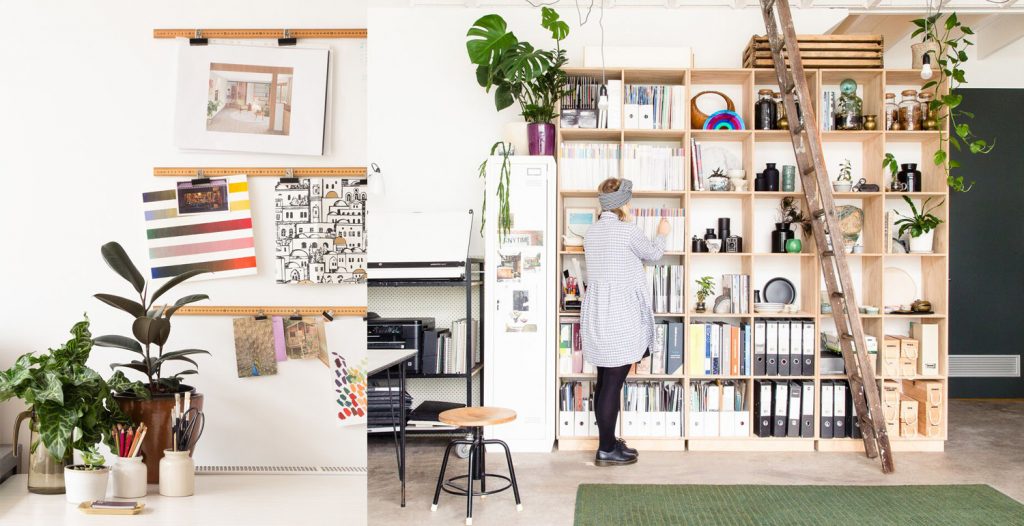
One of the biggest challenges for sustainable businesses, especially in design, she says, is reconciling the wishes of potential clients with sustainable outcomes.
She says sticking to her principles is “not the easiest way” to run a business and involves “lots of extra conversations” to get people on board.
“We educate our clients that going that extra distance for sustainability and accepting a little less space will prioritise better quality over bigger.”
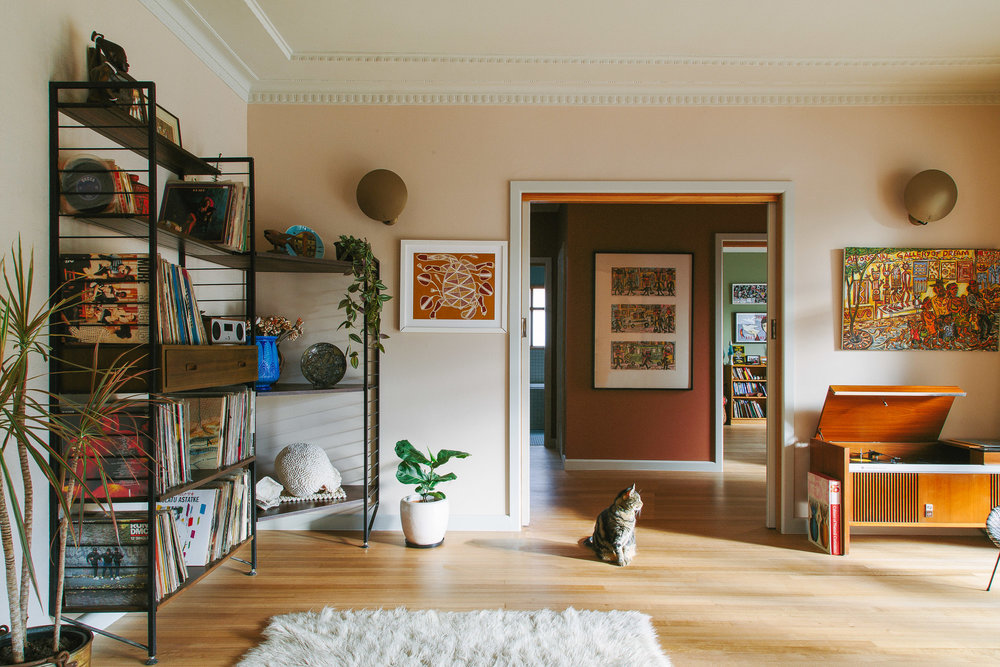
At the same time, Norgate acknowledges the exclusive nature of design is “one of the biggest struggles of this industry” with many Australians never enjoying the luxury of an architect or interior designer-designed home.
“Building is really expensive in Australia. We have the tyranny of distance for materials and we have a well-paid and protected building industry, which we should, but it means it’s much more expensive than other countries.
“For full design services, you’re managing every aspect of the design from beginning to completion. You can’t do that if there’s no money.”
To ensure her practice remains accessible, Norgate has tiered her services so she can contribute to all types of projects.
“I’m not precious about my ideas,” she says.
“I’m not attached to having to have ownership over the ideas, but just want as many people and as many projects as possible from a diverse range of budgets and backgrounds to have access to good design outcomes.”
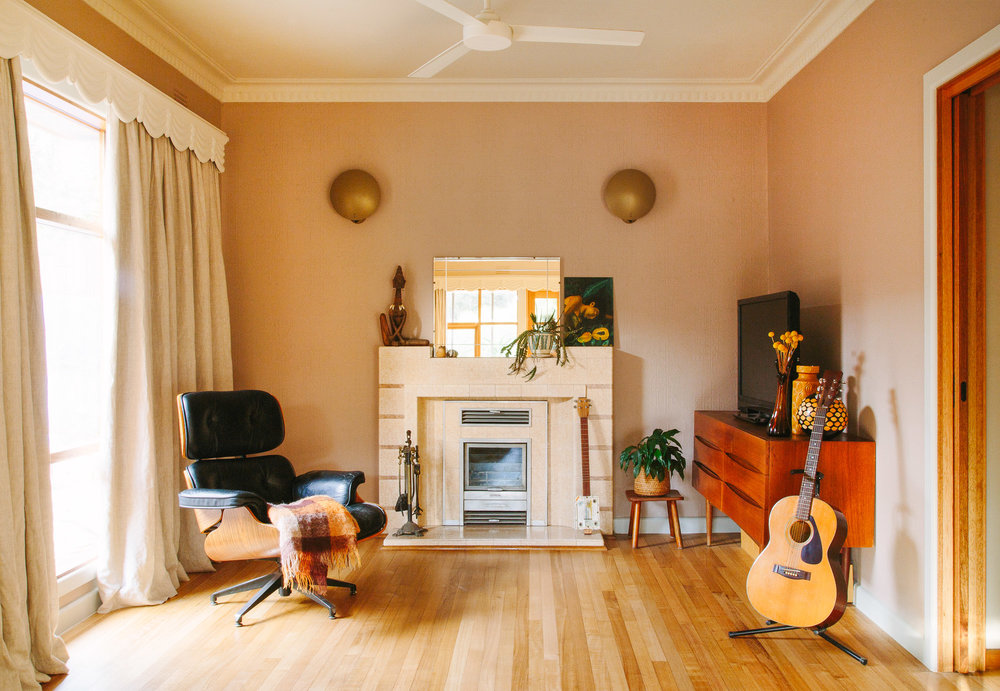
Such is the case with Yarravillia.
The passive solar double storey extension to a cream brick bungalow began with the small scope of a new wheel-chair friendly bathroom design in 2015.
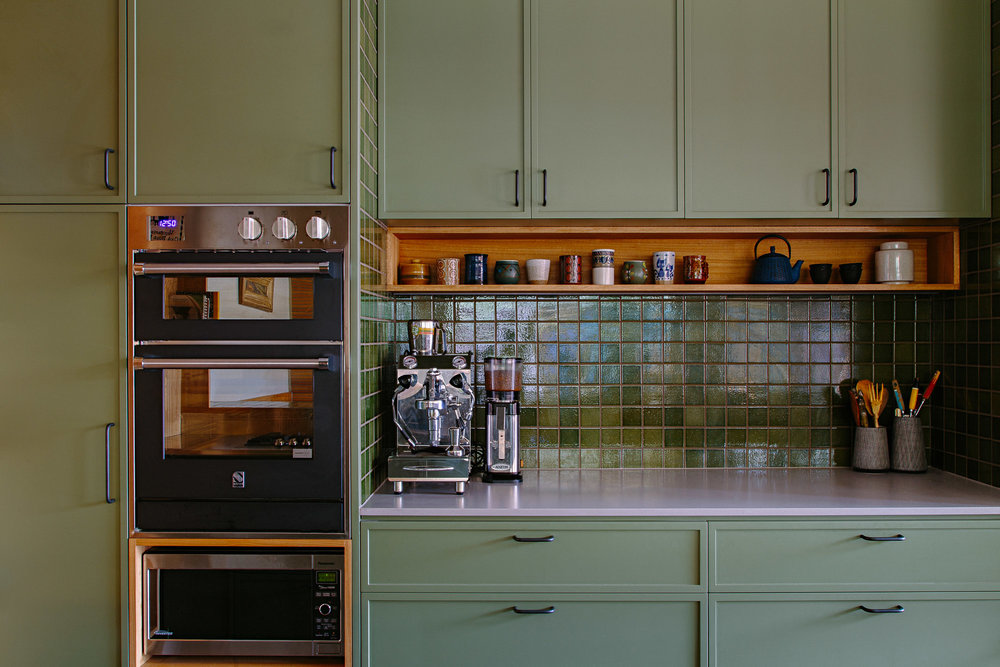
Emboldened by BRAVE NEW ECO’s initial design process, the clients decided to consolidate their long-term plans for the house into a full scale-renovation.
“This home needed to work a bit harder than most, providing a space for entertaining, play, places to store specialist equipment, to work from home, foster creative projects and to support the people that provide daily care to the client’s oldest son, who uses a wheelchair for mobility,” explains Norgate.
“We attended to the client’s needs (for accessibility) but we didn’t make it only about that. Instead, we made it about everybody in the family with the idea that this requirement was only part of their story.”
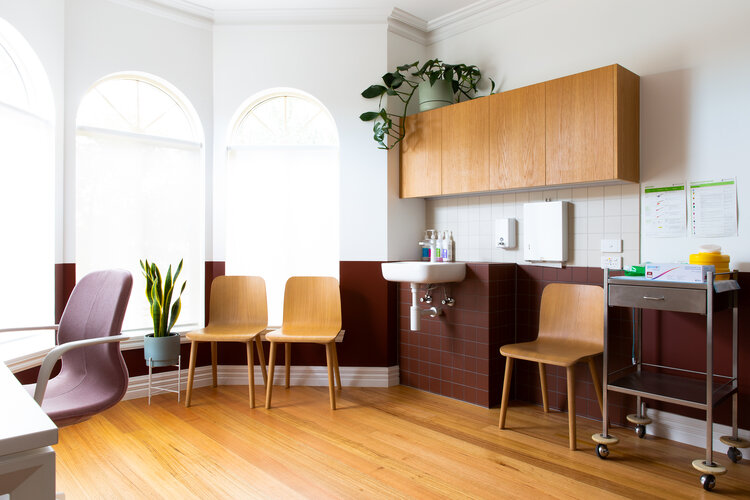
In another project, BRAVE NEW ECO celebrates “optimism in space”.
Frustrated with the shortage and suitability of services for the specialised and diverse healthcare needs of refugee and asylum seekers, healthcare professional Lester Mascaranses engaged the Melbourne practice to design a not-for-profit health centre in Hoppers Crossing for his newly launched organisation Utopia.
“We were thinking about safety, inclusion, positivity – an environment that would really support the staff and the wellbeing of the clients as well as some kind of a cultural narrative,” explains Norgate.
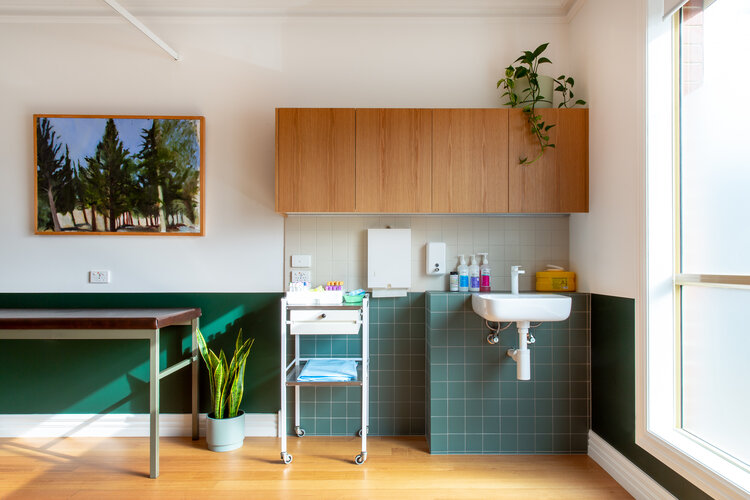
Both projects are examples of Norgate’s strong commitment to only working with organisations or businesses that align with her values of sustainability and interconnectedness.
When considering future commissions, Norgate says she always asks herself the following: “What is motivating my consideration as a designer?”
“It’s about constantly interrogating, asking yourself, ‘Is this necessary?’ and ‘How can we solve this problem with the least intervention?’,” she says.
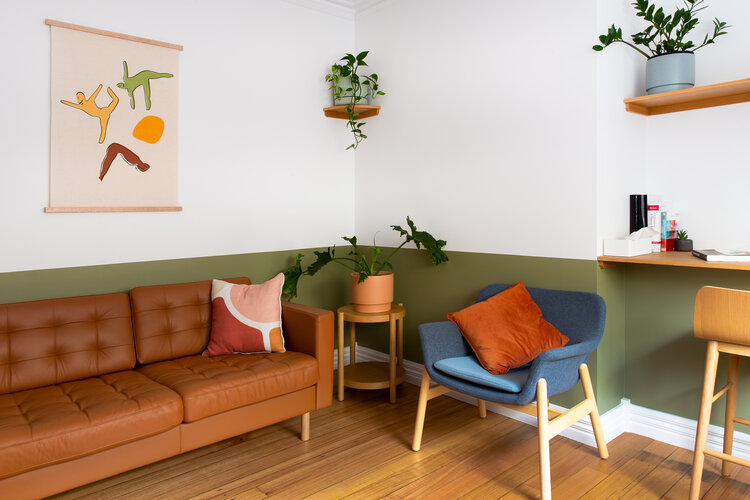
“The whole industry is set up to do things a certain way, and we are trying to disrupt that process. You make everything harder for yourself because you can’t just go press and play. Everything is a compromise. There are limitations to how far you can go but I never let better be the enemy of perfect.”
Photography: Emma Byrnes.
Last month, ADR spoke with Studio Tate about the lack of accessibility in the design industry, with director Carley Nicholls describing it as a missed opportunity for architects and designers in Australia to enhance people’s lives.
You Might also Like


